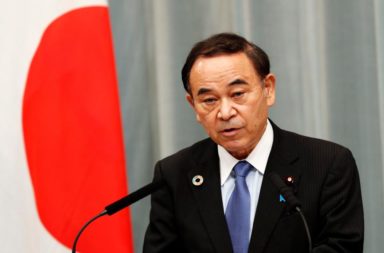Findings from an official data show that the number of fires in Brazil’s Amazon rainforest jumped 28% in July from a year ago. Brazil’s National Space Research Institute said that it recorded 6,803 incidents of fire in the Amazon rain forests last month, compared to 5,318 such incidents in the same month in 2019.
Still, environmental groups say there are worrying signs of what may come, with the final days of the month showing a sharp spike. They fear that these incidents in Brazil will not start happening like last August when the institute recorded 30,900 incidents of fire. The sharp increase in fires comes amid domestic and international concern over President Jair Bolsonaro’s calls to clear land in Brazil’s Amazon to drive economic development.
In view of these concerns, on 16 July, the government banned Chaha month from setting fires in the Pantanal wetlands and the Amazon forests. Bolsonaro has deployed the army to fight the fires and declared a moratorium on burning. But activists say that does not go far enough to address the roots of the problem. It also indicates that the possibility of fire in this year’s dry season will be more than that of last year. Carlos Nobre, a researcher at the Advanced Studies Institute in the State University of Sao Paulo, said the deforestation index also has remained high this year until July, compared to the last couple of years.
Why is it important to save the Amazon forests?
The Amazon rainforest is the world’s largest tropical rainforest and does the critical task of providing Earth with 20% of its oxygen supply. Its dense vegetation acts like a giant air purifier, constantly taking in carbon dioxide and giving out oxygen. The rainforest is so big that it comprises more than half of the world’s remaining rainforests even though it covers only 6% of the earth’s surface.





